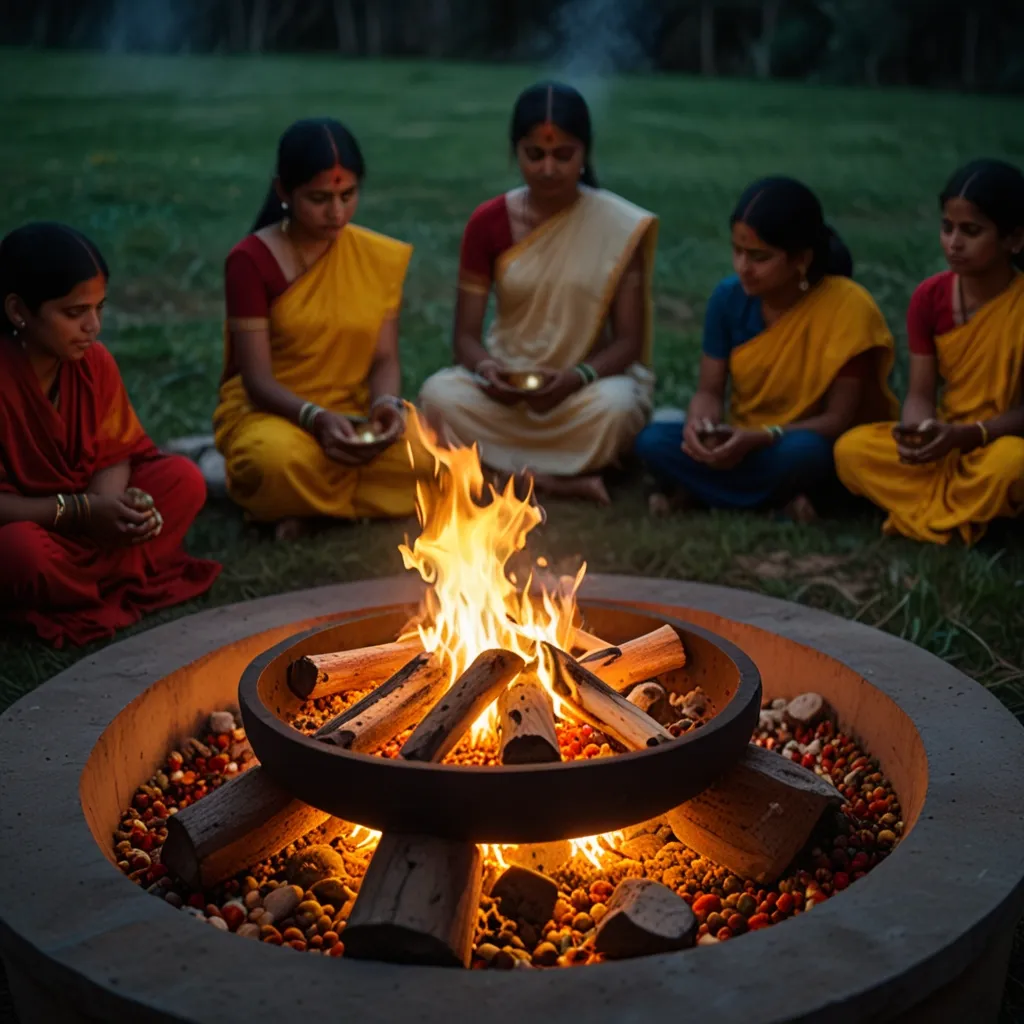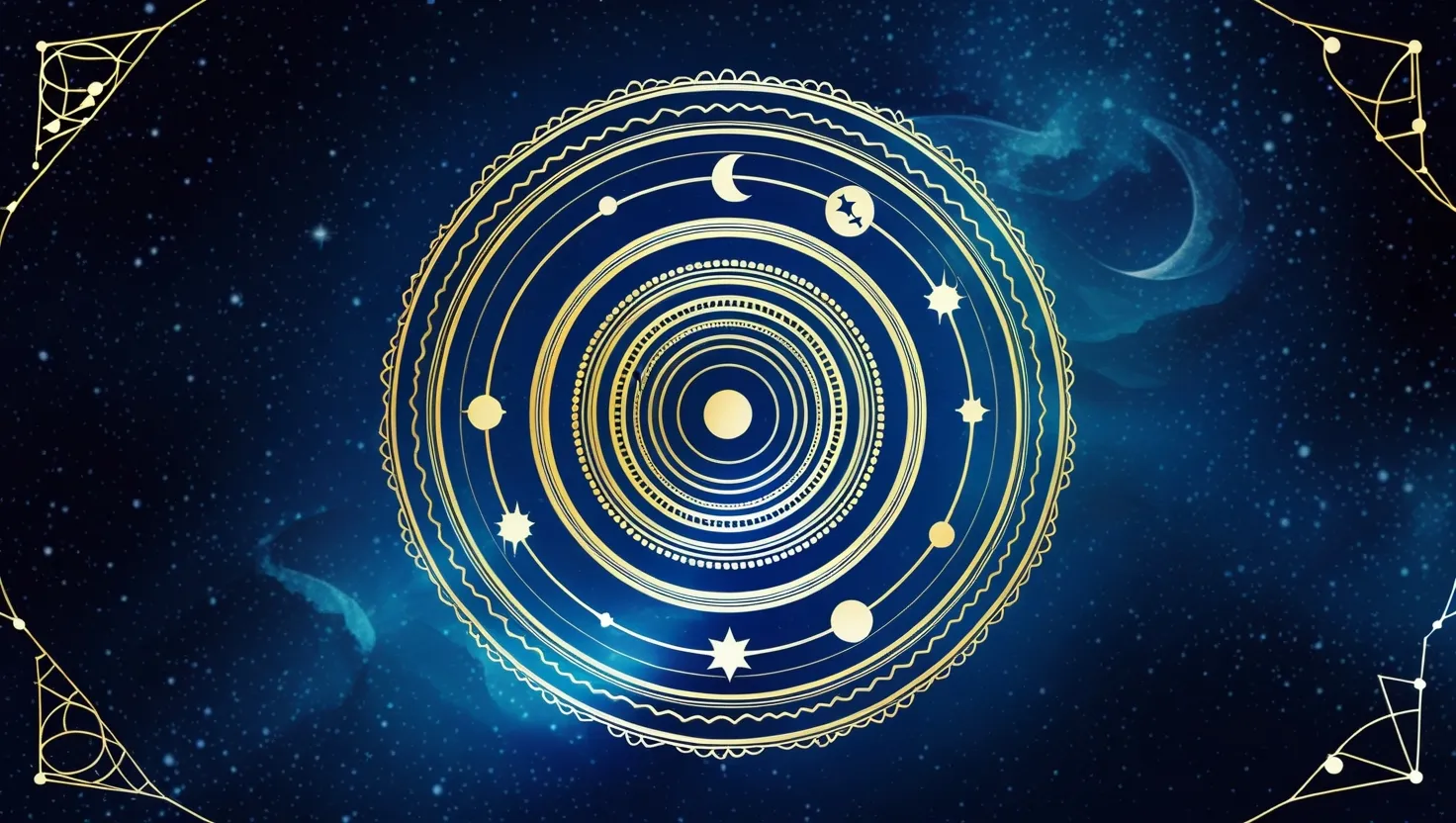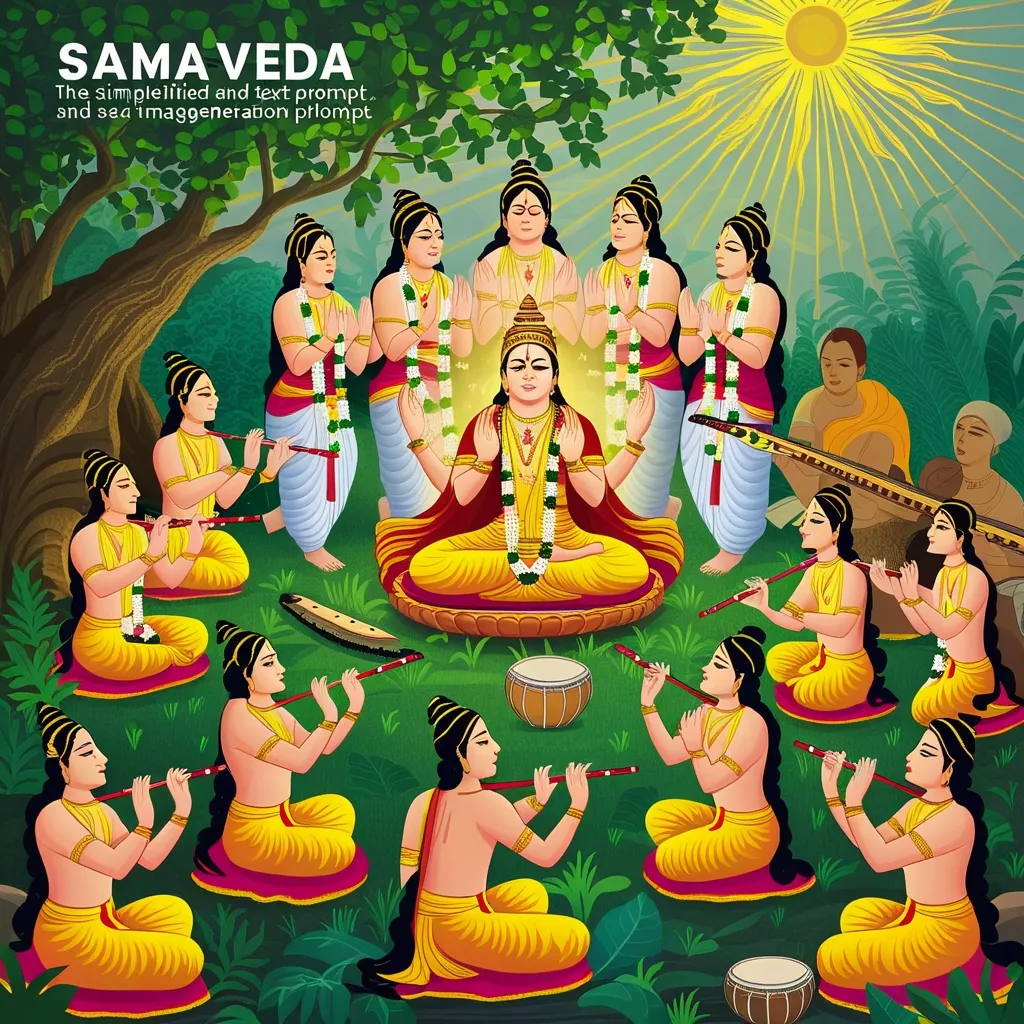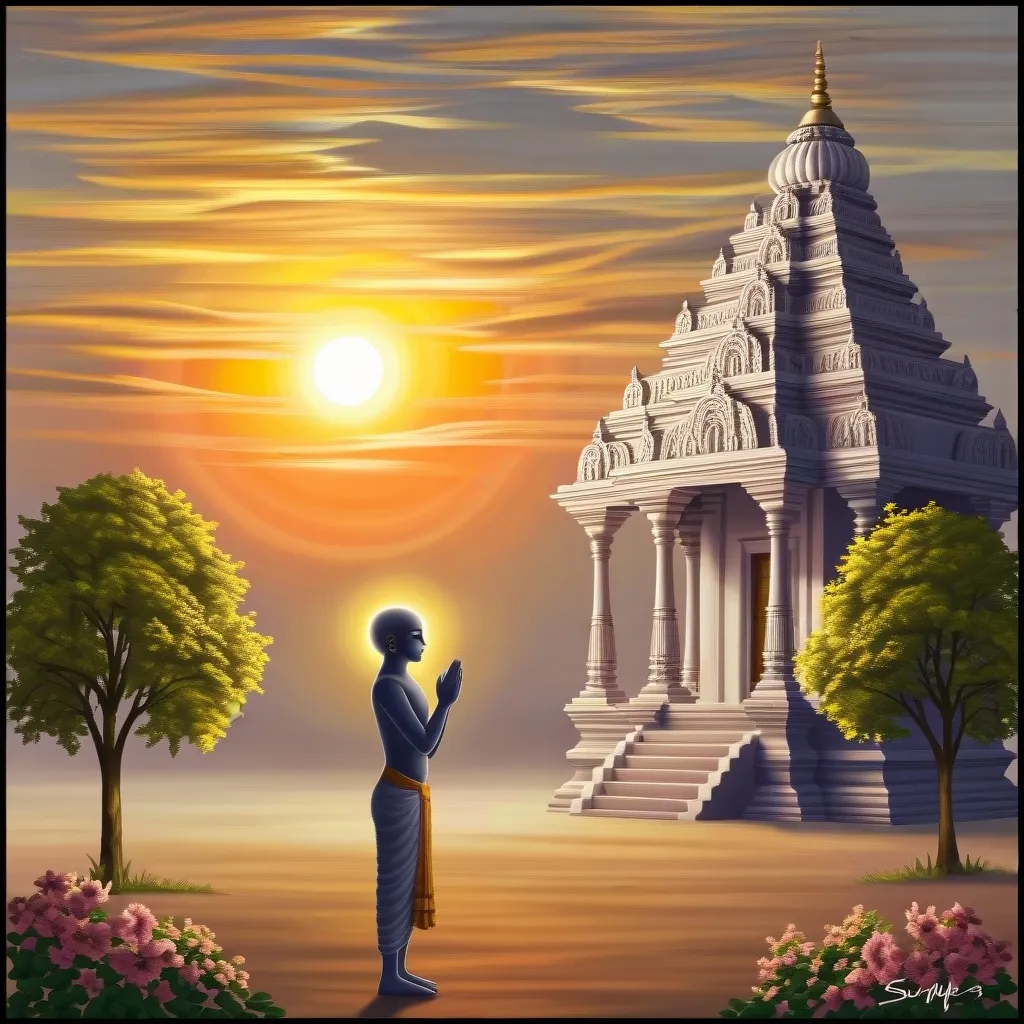Yajna, the age-old fire ceremony rooted in Hinduism, is more than just an ancient ritual; it’s a symbolic thread that ties humans to the divine. Let’s explore the nooks and crannies of Yajna, from its historical significance to its modern-day relevance, and understand why it remains an essential part of Hindu traditions.
To get to the heart of Yajna, travel back to the Vedic era when the oldest Hindu scriptures, the Vedas, were written. The Rigveda, one of these ancient texts, brims with hymns devoted to fire rituals. For our ancestors, Yajna wasn’t just any ceremony. It was a grand, complex affair reflecting their belief in the cosmic balance. Fire played the pivotal role of a divine messenger, ferrying offerings from humans to the gods.
A Yajna ceremony unfolds like a sacred play, steeped in layers of symbolism. It kicks off with Sankalpa, where the individual performing the ritual sets a firm intention. This is followed by prepping the Yagna Kunda, a special fire pit designed as the universe’s microcosm. Once the Kunda is set, the deities are invited with sacred mantras, requesting their presence to bless the ritual. Next comes the Ahuti, the actual offering, where materials like ghee and grains are carefully put into the fire, each accompanied by mantra chanting. The ceremony wraps up with prayers for blessings, followed by sharing Prasad, the holy food.
In Yajna, fire isn’t just an element but a divine entity itself. The Kunda, often pyramid-shaped, is believed to be a conduit to channel spiritual and physical energy. It is meticulously built to symbolize the universe, with its heat and light purifying the offerings made into it.
Yajna isn’t a one-size-fits-all kind of deal. Different types cater to varied purposes. There’s the Agnihotra Yagna, a straightforward yet potent ceremony conducted daily at dawn and dusk, purifying the air with ghee and rice. Then you have Havan, typically performed for personal or spiritual reasons, involving fire, oblations, and Vedic chants. Shrauta Yajnas, on the other hand, are elaborate public ceremonies with multiple priests, often stretching over long durations for communal welfare.
So why perform Yajna? The benefits are manifold, both tangible and intangible. Physically, it’s believed the fire ceremonies cleanse the environment, reducing pollutants and producing medicinal smoke. Spiritually, Yajna helps balance one’s karma, fosters a meditative state, and brings people together, forging a sense of community.
Behind the spiritual veil, there’s a scientific angle to Yajna too. It’s essentially a process of energy transformation – sound from Vedic chants and heat from the fire morph into a beneficial form. This transformation not only purifies but also promotes well-being on several levels.
Despite its ancient roots, Yajna isn’t relic collecting dust. It’s vibrant and very much alive in modern Hindu practices. Think about weddings – the fire stands witness as couples exchange sacred vows, signifying their lifelong commitments. Yajna also graces temples and community gatherings, playing a pivotal role in societal and spiritual life. Movements like Arya Samaj and Gayatri Pariwar have even woven Yajna into daily practices, making it accessible and relevant for contemporary times.
Yajna teaches that spirituality and rituals aren’t just performative acts but profound journeys that connect us to something greater, something cosmic. It’s more than piling ghee into a fire. It’s about the intentional act of giving back to the universe, maintaining that cosmic balance, seeking divine blessings, and experiencing spiritual growth.
For thousands of years, Yajna has been a guiding light, purifying the air around it while also elevating the soul. It’s a tradition that’s been handed down through generations, adapting yet steadfast in its core principles. Whether you’re at a bustling temple or conducting a simple ceremony at home, Yajna continues to inspire and imbue life with meaning, creating a sacred space where the divine meets the everyday.
In closing, understanding Yajna isn’t just about participating in a ritual; it’s about embracing a way of life that honors the past while remaining profoundly relevant today. Through its elaborate ceremonies and underlying symbolism, Yajna offers a unique path to spiritual enlightenment, environmental purity, and cohesive community, bridging the temporal with the eternal.






